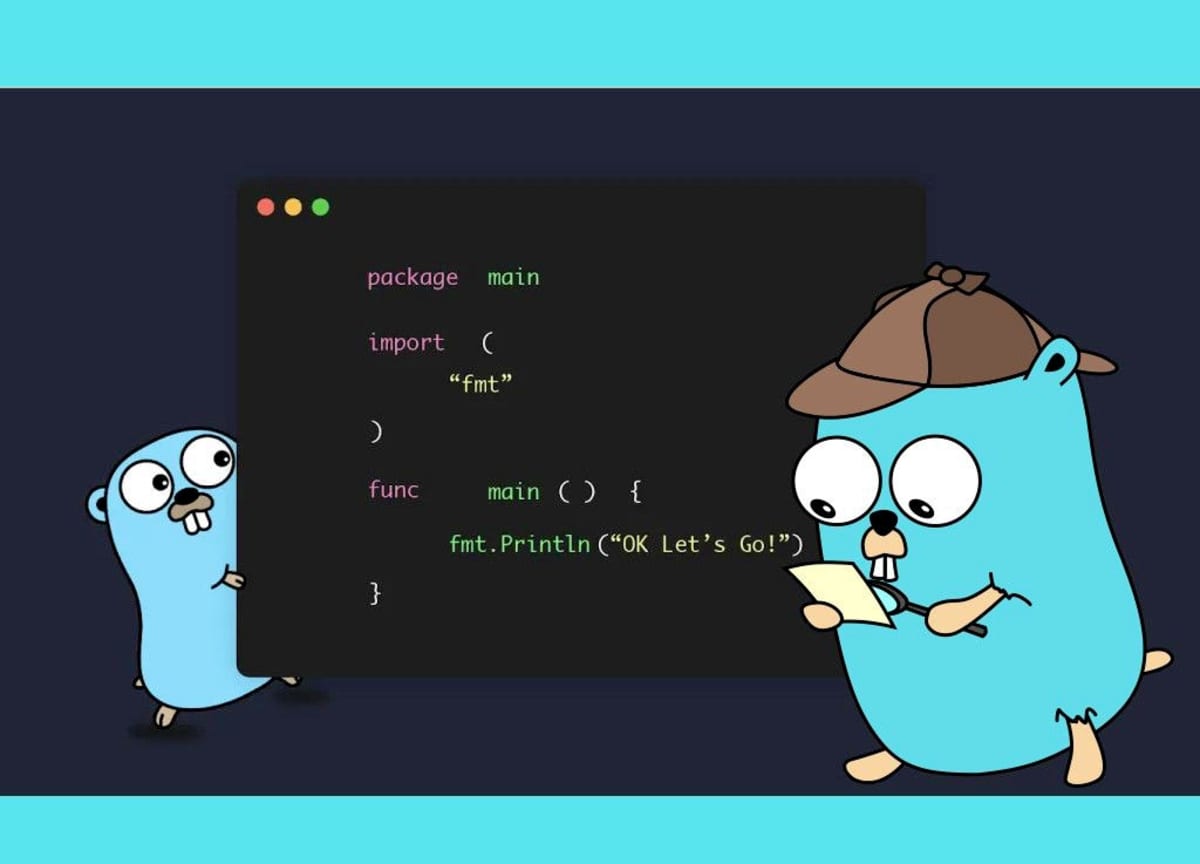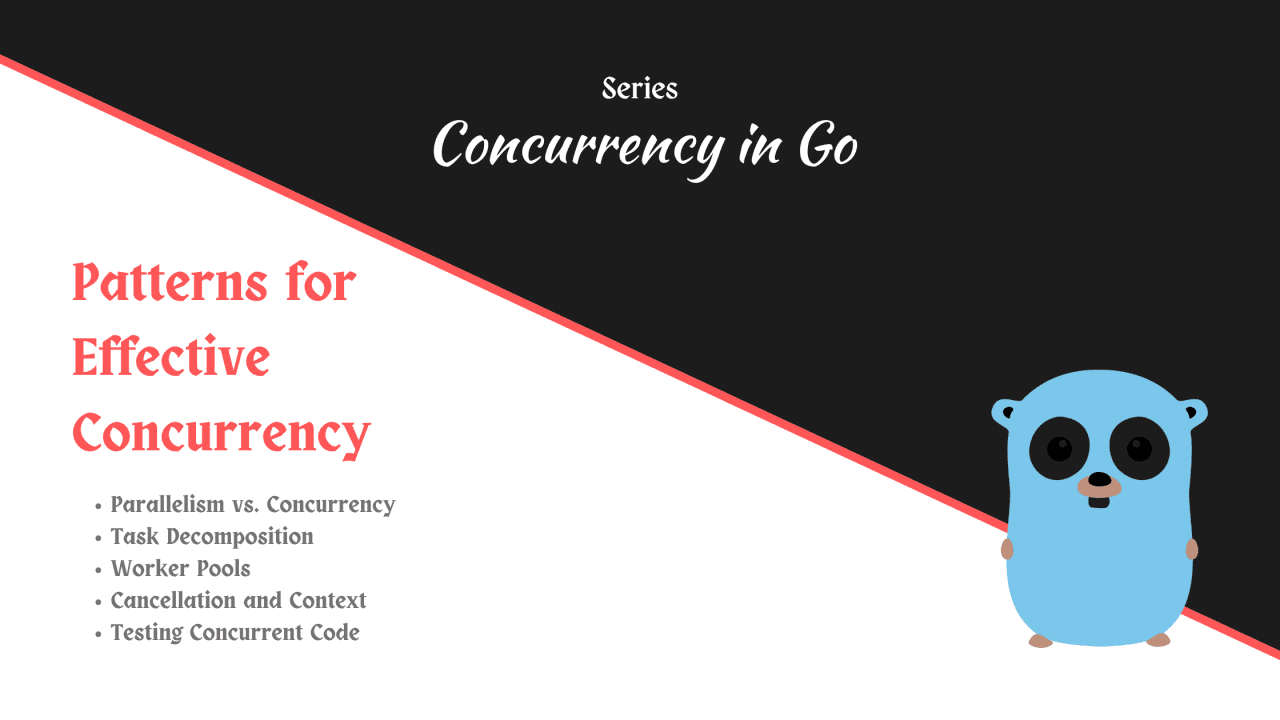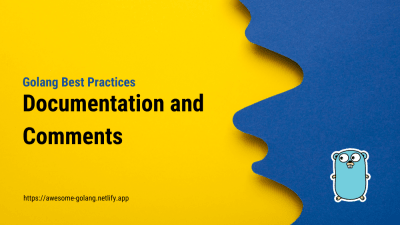The Art Of Marshal And Unmarshal In Go
- With Code Example
- January 19, 2024
Unleashing the Power of Go: A Deep Dive into Marshal and Unmarshal Wizardry
Welcome to the complex world of Go programming, where data serialisation and deserialisation take front stage. In the digital symphony of disparate systems, efficient marshalling and unmarshaling emerge as the unsung conductors, allowing for smooth communication, data storage, and dexterous handling of external formats. In this fascinating blog journey, we’ll delve into the complexities of these processes, shining light on their fundamental relevance and revealing practical applications. Prepare for a deep dive into the essence of Go, where at the conclusion, you’ll not only understand these principles but also can carefully optimise your Go applications. Let the decoding begin.

Read: Golang Tutorial for Beginners a Guide
Understanding Marshal and Unmarshal
Marshal:
In the world of Go , marshaling refers to the process of converting an object into a byte stream, usually in a specific format such as JSON or XML. This transformation is crucial when transmitting data over a network, storing it in a database, or interacting with external APIs. Go provides a robust standard library package called “encoding/json” that facilitates the encoding of Go data structures into JSON format.
Consider the following example where we have a simple Go struct representing a person:
type Person struct {
Name string `json:"name"`
Age int `json:"age"`
Address string `json:"address"`
}
Using the “encoding/json” package, we can marshal an instance of this struct into a JSON string:
person := Person{Name: "John Doe", Age: 30, Address: "123 Main St"}
jsonData, err := json.Marshal(person)
if err != nil {
log.Fatal(err)
}
fmt.Println(string(jsonData))
This would output:
{"name":"John Doe","age":30,"address":"123 Main St"}
Unmarshal:
Unmarshaling, on the other hand, is the process of converting a byte stream (in a specific format) back into a Go data structure. This is particularly useful when receiving data from an external source, such as an API, and needing to work with it within your Go application.
Continuing with our example, let’s unmarshal a JSON string back into a Go struct:
var newPerson Person
err = json.Unmarshal(jsonData, &newPerson)
if err != nil {
log.Fatal(err)
}
fmt.Printf("%+v\n", newPerson)
The output would be:
{Name:John Doe Age:30 Address:123 Main St}
These basic examples illustrate the fundamental aspects of marshaling and unmarshaling in Go. However, the real power lies in the flexibility and extensibility that these processes offer, allowing developers to work seamlessly with different data formats and structures.
Benefits of Using Marshal and Unmarshal in Go
1. Interoperability:
One of the primary advantages of utilizing marshaling and unmarshaling in Go is the enhanced interoperability it provides. By encoding data into common formats like JSON or XML, Go programs can easily communicate with applications written in other languages. This interoperability is crucial in today’s distributed systems where components may be implemented in diverse programming languages.
2. Network Communication:
In scenarios where Go applications need to communicate with external services or APIs, marshaling enables the conversion of complex data structures into a format suitable for transmission over the network. This ensures a smooth exchange of information between systems, promoting efficient communication.
3. Persistence:
Data persistence is a key aspect of software development, and marshaling facilitates the storage and retrieval of data in a structured format. Whether you are working with databases or file systems, encoding data into a standardized format ensures consistency and ease of maintenance.
4. Code Readability:
The use of marshaling and unmarshaling in Go promotes clean and readable code. By explicitly defining the structure of your data through Go structs and utilizing the encoding/json package, you make your codebase more understandable and maintainable. This is especially beneficial in collaborative development environments.
5. Error Handling:
Both the json.Marshal and json.Unmarshal functions in Go come equipped with error handling mechanisms. This allows developers to gracefully handle unexpected scenarios, such as malformed data during unmarshaling or encoding errors during marshaling. Proper error handling enhances the robustness of your applications.
Advanced Techniques in Marshal and Unmarshal
1. Custom Marshaling and Unmarshaling:
While Go provides default mechanisms for marshaling and unmarshaling based on struct tags, there are cases where custom serialization or deserialization logic is required. This can be achieved by implementing the MarshalJSON and UnmarshalJSON methods for a custom type.
type CustomType struct {
Value int
}
func (c CustomType) MarshalJSON() ([]byte, error) {
// Custom marshaling logic
return []byte(fmt.Sprintf(`{"value": %d}`, c.Value)), nil
}
func (c *CustomType) UnmarshalJSON(data []byte) error {
// Custom unmarshaling logic
// Parse data and set values accordingly
return nil
}
2. Omitting Fields During Marshaling:
Sometimes, there might be a need to omit certain fields during the marshaling process. This can be achieved by using the omitempty tag option.
type Person struct {
Name string `json:"name"`
Age int `json:"age,omitempty"`
Address string `json:"address"`
}
In this example, the Age field will be omitted from the JSON output if its value is the zero value for its type.
Best Practices for Marshal and Unmarshal in Go
Define Clear Data Structures: Ensure that your Go data structures are well-defined with appropriate field names and types. This clarity aids not only in the encoding/decoding process but also in the overall maintainability of your code.
Handle Errors Effectively: Always check for errors during marshaling and unmarshaling operations. Proper error handling prevents unexpected issues from propagating through your application and aids in debugging.
Use Struct Tags Wisely: Leverage struct tags to customize the encoding and decoding process. This is particularly important when working with external data sources or APIs that follow specific naming conventions.
Consider Performance Implications: While the standard library’s encoding/json package is efficient for most use cases, consider performance implications when working with large data sets. For scenarios requiring high performance, you may explore third-party libraries optimized for specific use cases.
Test Edge Cases: Test your marshaling and unmarshaling logic thoroughly, especially for edge cases and unexpected input. This ensures the robustness of your application in real-world scenarios.
Conclusion
In conclusion, mastering marshal and unmarshal in Go is a valuable skill for any developer working with data serialization and deserialization. The flexibility and simplicity provided by the Go standard library make these processes seamless and efficient. Whether you’re building web services, working with databases, or integrating with external APIs, a solid understanding of marshal and unmarshal will empower you to create robust and interoperable Go applications.
Now, armed with this knowledge, take a moment to reflect on your own experiences with marshaling and unmarshaling in Go. Have you encountered any challenges or discovered unique use cases? Feel free to share your insights and experiences by leaving a comment below. Your contribution could spark a meaningful discussion and help fellow developers on their journey to mastering Go.
Happy coding!





